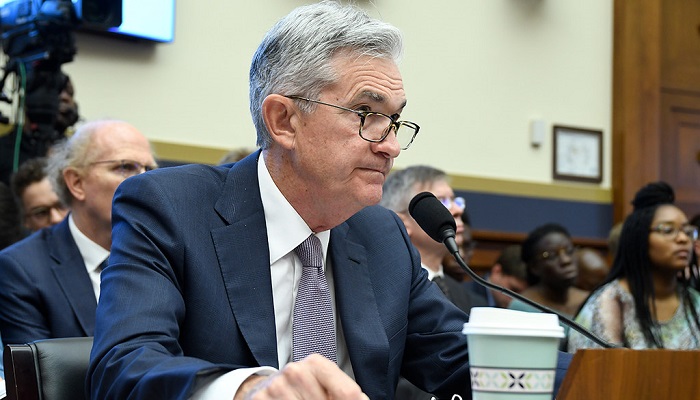Economic reports continue to point to real growth of roughly 3 percent in the first quarter. Stock prices are being driven by the latest news, which holds the potential to send them in either direction.
The Week That Was
In signs inflationary pressures were already intense before the latest hike in oil prices, the February producer prices for finished goods soared by 2.7 percent. The yearly increase was 14 percent, the fastest since 1980.
February retail sales increased at a modest 3.7 percent annual rate. Due to the surge in the prior month, February sales were still up at a 10 percent annualized rate from the fourth quarter of 2021.
The March Homebuilders’ Index slipped to 79. Though down from its peak of 85, the latest number points to a strong market for new homes.
February industrial production is up at a 5 percent annual rate from the fourth quarter of 2021.
Things to Come
The most significant economic news next week will be Thursday’s Markit business survey for early March. It will be the first overview of business sentiment since the Russian invasion.
Although the initial shock of the invasion may prove to have dampened business sentiment, we expect the overall report to continue to point to strong demand across a broad category of businesses.
Also on Thursday will be a report on February new orders for durable goods. Durable goods orders have been very strong through January and are likely to have remained strong in February.
There are also a number of reports due on housing activity in February. None of these are particularly significant, because of winter weather. The most current view of housing is the March Homebuilders’ survey, which shows a strong housing market.
Are we in for more trouble with oil? Our sources in the oil industry are concerned about the potential for a further sharp rise in oil prices, with one expert looking to $140 WTI.
Also, there appears to be a problem with diesel fuel, where shortages are growing. Since the beginning of 2021, the nation’s diesel stocks are down 30 percent, a decline of 49 million barrels.
Money, Money, Money
At Wednesday’s meeting, Fed Chair Jerome Powell talked tough about inflation. He said if the Fed knew then what it knows now, it would have raised rates sooner. The Fed’s current inclination is to raise the fed funds rate gradually, with eleven small hikes to take the rate up close to 3 percent in 2023.
Powell also said the Fed intended to begin selling securities at its meeting in May. He indicated sales would be more aggressive than the last time they did so. This was in 2018 and 2019, when sales were anywhere from $20 billion to $50 billion a month.
The Fed is trying to show it will be tough on inflation, with some bold moves. However, a series of monetary policy mistakes shows the Fed lacks the competency to control or even understand its vast monetary powers.
We will watch the Fed’s actions closely in the weeks and months ahead and report on their implications for the economy and stock market.
Market Forces
Stocks moved sharply higher this past week as the major indexes increased by 3 percent to 4 percent.
Speculation over an agreement to end the Ukraine war and Powell’s strong words about containing inflation are two possible reasons for the market’s upturn.
From a technical standpoint, all the major indexes remain in negative territory, with prices below their 200-day averages. On a positive note, all key stock indexes have moved above their 21-day averages, which can often be a key area of resistance.
One other potentially positive sign for stocks is IBD’s bull-to-bear ratio. This has the bulls at 31 percent and the bears at 37 percent. This tends to be a reliable contrary indicator, since newsletter writers are often wrong.
The battle for direction of stocks continues. My model shows the S&P500 is 26 percent overvalued. Any negative news developments will provide a reason to take stocks down. However, the flood of new money created by the Fed over the past year still is in the economy and providing upward pressure on stocks. In this environment, it’s best to remain
cautious.
Outlook
Economic Fundamentals: mixed
Stock Valuation: S&P 500 overvalued by 26 percent
Monetary Policy: highly expansive
